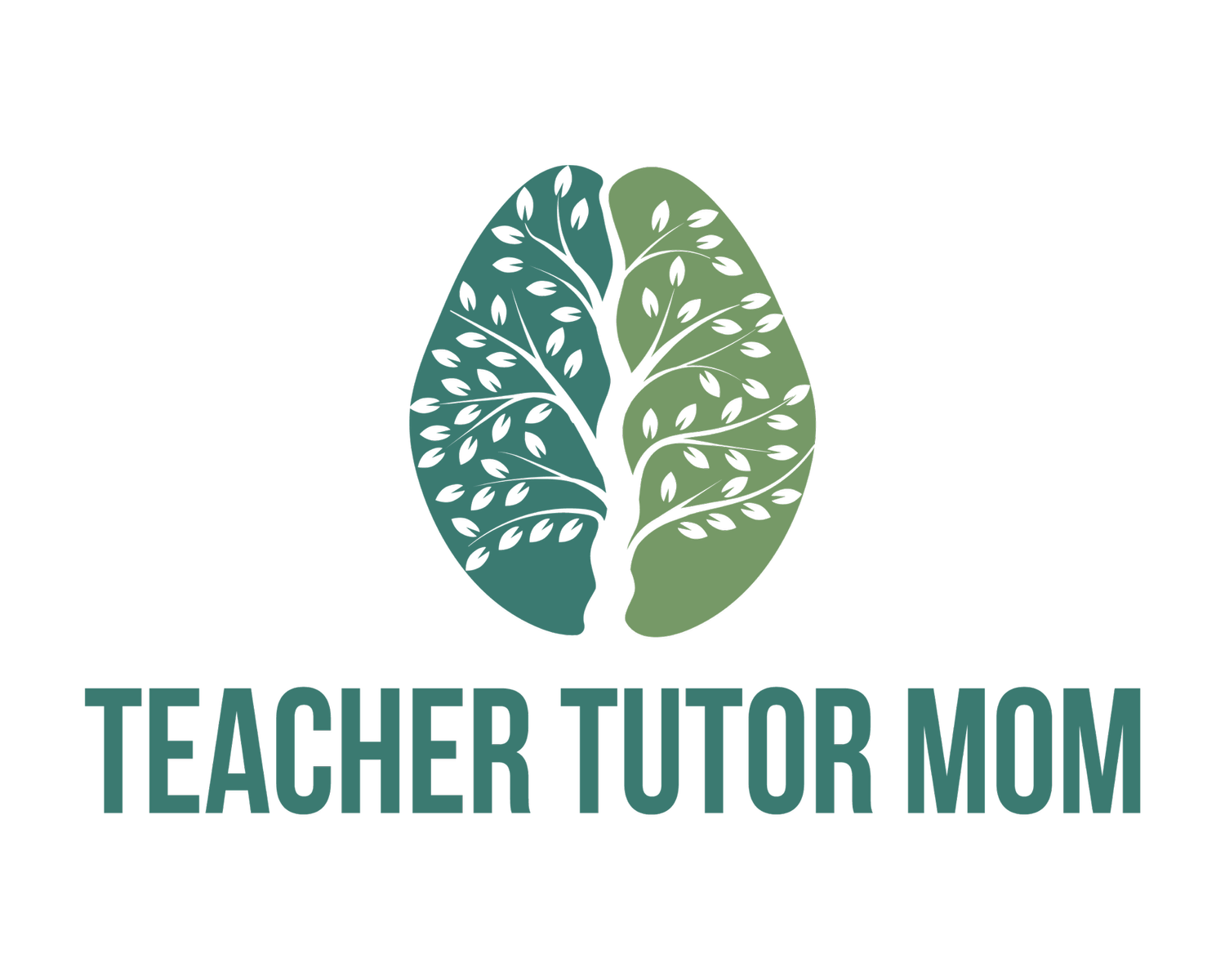Tips for Teaching All About Reading
Note: This post includes affiliate links, meaning if you make a purchase through one of my links, I may earn a commission at no greater cost to you. If you do use my links, THANK YOU!! Read more.
After using All About Reading (AAR) for several years, I have picked up a few tips that I hope might help someone else just starting out…
Boss Tips
Check the Copyright
Check the front of each workbook to if see you can make copies for use with multiple children in the same family. For instance, the PreK workbooks (including the supplemental Alphabet letters book) allow this. If you have a color copier this might come in handy - especially if there is a “mess-up” and your kid wants to start over (or a younger sibling wants to participate even though they aren’t really doing the curriculum).
Prep the student workbook ahead of time.
For the student activity books levels 1-4, I don't think they allow copying for any group (including families). However, I have found that by preparing the student materials ahead of time myself - rather than having my kids cut out the game pieces, etc. - I can save each lesson materials in a sheet protector. Then, I can use them again with each of my children. So far they have held up just fine. Again, I do keep them in the sheet protectors with a secure flap, but I don't laminate them and they are ready to go for my second child.
Make the fluency review fun!
Check out my coloring sheets for levels 1-3. Instead of just reading the list of words or phrases, print out these coloring sheets that go with each story.
Also - in the BACK of each AAR level, they have included PAGES OF IDEAS for how to review both phonogram cards and word cards with games. Check these out!
Teaching DO’s
Keep it moving!
You can always review if needed, but if you sit too long on one thing it will get boring.
Keep the sticker chart nearby
Post it on the wall if you want. This simple chart that is included in the curriculum has been very motivating to my young elementary kids. And can I just say - their stickers are ADORABLE!! I could totally just use some cheap star stickers, but I have spent the few dollars to buy the cute stickers that go with each level for each of my kids as they reach that stage.
Read the stories WITH them
One of the best ways to help your child’s fluency deevlop is to read aloud at the same time as them. This way they are seeing, hearing, and saying the words - and therefore learning through lots of senses! Check out "The Simplest, FREE Way to Help a Struggling Reader” for how to do this and research behind it.
Fudge a little
What does “mastered” mean? Here is how I decide whether my child has “mastered” the word… When you review the flashcards (phonemes and words), show the card to the student and then count to 3 slowly and silently in your head (approx. 3 seconds). If they know the word in that time they’ve “mastered” it - if they don’t, then save it for later.
You can always go back and review the mastered words and stick them back in the working pile if you need to. Others will say “mastered” means immediately and without hesitation. That is a valid point. I’m just sharing how I’ve done it. And it has worked for us.
Order the next level EARLY
Seriously, order the next level before you complete the current one. This way there is no awkward pause while you wait for it to arrive. Also, this gives you days (preferably a few weeks) to get the next curriculum set up. If you’re like me it’s easier to get it done while you’re excited about it - AKA while it’s new.
Keep Points for Cards
Let your kid “keep” all the cards as they master them during the session. At the end, let them count their “points” to see how many they “earned.” Then stick these behind the “mastered” section… You can always go back and review these again. But the sense of accomplishment is SO motivating to young learners!
Keep the Appendix pages handy.
This includes the reference pages like the “Rules for Silent E.” Make a copy and laminate them and hang them up or put them in a reference folder.
Teaching DON’Ts
Don’t read ALL the words on the fluency pages.
Just pick a few and move on. Progress is motivating. Sitting on a lesson for days or weeks can be very discouraging to a kid. Celebrate the little wins!
Don’t think of the levels as grade specific.
And make sure your kids know this!! Use their “Placement Tests” to determine which level to start your child on. Then, just work. Stop when you need to (for summer break or mental health) and pick it back up when you start back to school. You don’t have to finish a book in a year. But you also can (and probably should!!) keep going if you finish one well before the end of the year!
Don’t panic if it seems slow.
Keep in mind that this program may feel like it is slower than what your child’s friends are doing. It includes some (but not many) “Sight Words.” So, while many schools focus on long lists of sight words the kids are expected to memorize, your child is learning the basis for why English words are spelled the way they are. It may be a slower start but it is a firm foundation to build their further reading life upon. It’s definitely been worth it for us so far.
Don’t worry about spelling yet.
Just remember that kids need to learn how to read in early elementary. They don’t have to focus on Spelling while they are just trying to learn how to sound out words.
Spelling Notes
All About Learning Press also has a Spelling program - All About Spelling (AAS). We have only completed about half of level one up to this point. I plan to give an update after we complete level 1.
If you decide to try out their spelling program, be aware that it should NOT be started until the student has completed level 1 of the AAR program. Technically doing it like this would mean that your child would be doing AAR 2 while doing AAS 1. I initially did this, and after seeing how quickly my child was able to pick up on the spelling because it is focused on spelling words a level “behind” their current reading level, I would highly recommend following their guidelines in this. Learning phonics first will transfer to learning how to spell. But - they are DIFFERENT skills!
Eventually, I decided that I needed to slow down on Spelling and focus on Reading. So instead of completing Spelling Level 1, I punted it down the road and completed levels 2 and 3 of AAR.
Then we picked AAS 1 back up as we started AAR 4. At this point my child was a solid reader and I didn’t feel like his brain was being split between two skills. Instead he could work on tweaking his reading skills with the high-level phonics (like Greek roots) in AAR 4 but then focus his brain on learning how to spell.
I know this is not a very traditional approach to learning (at least compared to the way we all learned), but the more I research and observe children, the more I believe that delaying certain skills until they have had time to master the rudimentary skills is beneficial. Just like our brains need time to absorb one new concept before moving on to others - or we feel like we’re drinking from a fire-hydrant - so do our kids.





